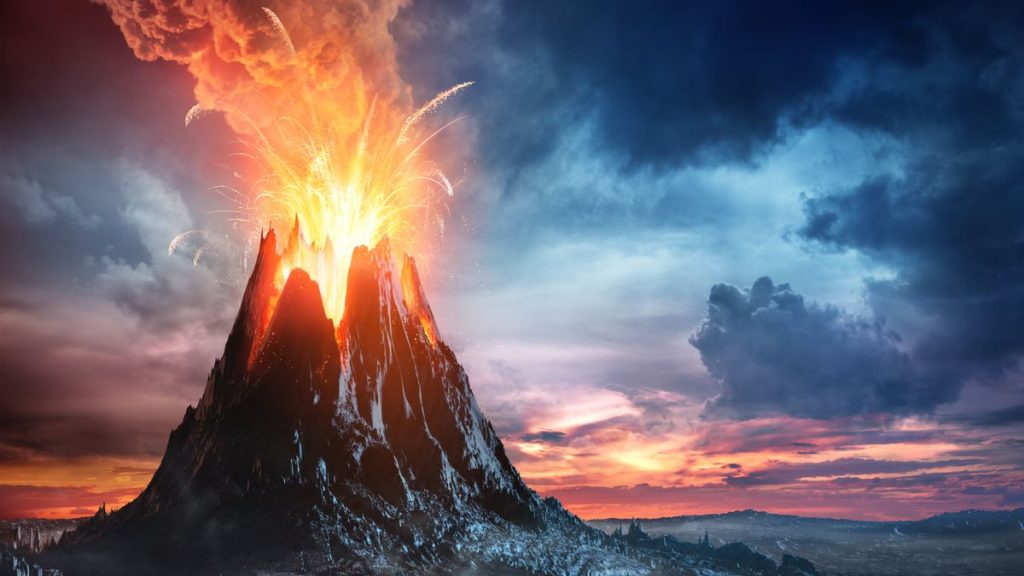Just from their name, one can suspect that supervolcanoes are particularly dangerous. A new study, however, has shown that it’s not the eruption of these supervolcanoes that’s really dangerous, but rather the carbon dioxide emissions that come with it.
Supervolcanoes don’t necessarily cause mass extinctions
A supervolcano is a set of interconnected volcanoes that stand out for the power and size of their eruption. While it is therefore undeniable that the eruption of a supervolcano is really very powerful, there are many misconceptions about this subject. While it is particularly true that many mass extinctions have been caused by the eruption of supervolcanoes, not all supervolcano eruptions have caused such biological disasters. In other words, this means that it was not really the eruptions that caused the mass extinctions.
Indeed, according to a new study carried out by researchers from Curtin University, Australia, supervolcanic events are not necessarily linked to mass extinction phenomena. ” Earth’s life cycle has been punctuated by catastrophic mass extinctions, some of which wiped out 90% of all species. The main culprit for these rapid environmental crises has been massive volcanic eruptions said Dr. Qiang Jiang, lead author of the study, in a statement.
” What had baffled scientists was that some of these gigantic eruptions resulted in severe extinctions, while others resulted in only minor environmental disturbances. We sought to find out why “, he added. According to the results of the study published in the journal PNASit was the carbon dioxide emissions accompanying supervolcano eruptions that caused the mass extinctions when this happened.

CO2 emissions at the origin of mass extinction phenomena
Thus, it is essentially according to the quantity of CO2 that an eruption will emit that we can estimate how dangerous it is. In addition to the volume of CO2 emitted, the rate at which this gas spreads and the rate at which it is removed from the atmosphere also makes a difference in terms of mortality for living things and impact on the climate. To reach this conclusion, the researchers studied the volcanic region of Kerguelen. To do this, they took volcanic samples that were dated using the argon-argon dating method.
The results of the analyzes showed that these samples were around 120 million years old. In other words, this means that the Kerguelen supervolcano was active throughout the global oceanic anoxic event 120 million years ago. ” Although they [les éruptions de Kerguelen] rapidly degraded the environment of marine organisms, it did not lead to a deadly mass extinction “, have noted in particular the researchers.
The researchers then studied droplets of magma trapped in lava crystals, and found that Kerguelen eruptions emitted at least five times less CO2 and at a rate 30 times slower than other similar volcanic eruptions. Finally, the scientists noted that currently, humanity’s CO2 emissions are 200 times greater than those of the worst supervolcanic events. However, this study shows that slowing carbon dioxide emissions is crucial to mitigating Earth’s climate change and avoiding potentially disastrous consequences “, they pointed out.
[related_posts_by_tax taxonomies=”post_tag”]
The post Supervolcanoes are dangerous, but CO2 emissions are even more so appeared first on Gamingsym.

